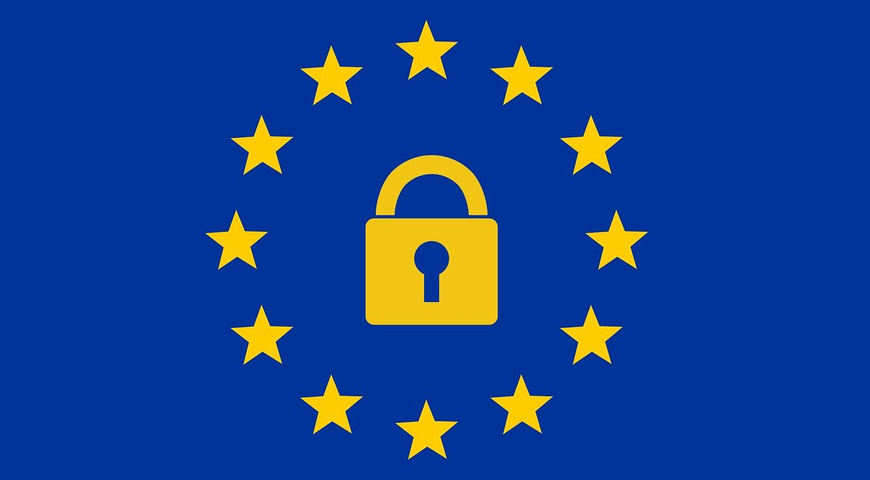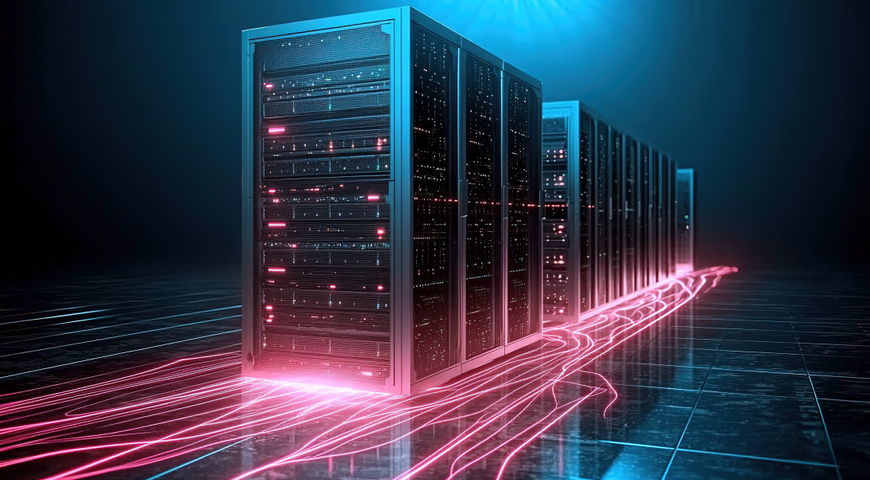Linux backup is stuck in the 90s. And like most long-term Linux users, I didn't realize that - until I started to work for a software company that performs backup and recovery and saw the alternative. At first glance, the backup software situation for Linux actually looks comfortable: Most Linux distributions include a number of Open Source backup solutions, either included in the core OS or available as an add-on. Also, many commercial backup vendors do support backup of Linux machines, so there is plenty of choice.
In practice, however, it turns out that most of the simple free tools that are included in the distributions are not exceptionally user friendly. The tools in this category, such as Duplicity (with its several UI frontends), FWBackups or BackupPC are relatively easy to set up, and reliably get the job done to back up a user's files. But when it comes to browsing the backup and restoring the data, things often get ugly. Also, their support for bare-metal recovery is very limited, leaving users with a cumbersome path to recover – for example, from a hard drive failure. When it comes to the needs of professional IT users, these tools are generally out of their depth as they are lacking advanced features, although sometimes they are used with elaborate scripting to address specific use cases. The more powerful OSS backup solutions, like Amanda or the newer Bacula, target larger IT departments and compete with the classical proprietary backup vendors, like Symantec, both in their feature set and in their complexity. Like their proprietary counterparts, these solutions require a significant level of expertise to set up and manage, but on the other hand do provide centralized management and support for heterogeneous environments and applications.
However, there is one fundamental issue with all of these options: they are based on the legacy concept of file-level backup, just like good-old-TAR. In effect, most Linux admins don't even think about any other approach – a huge mistake as I have learned. For the rest of humanity, technology over the last 10 years has evolved from essentially copying individual files to an image-based approach to backup – and this does not mean DD. Modern backup software automatically takes a snapshot, along the way triggers coalescing of the system, extracts an image that it then distills down to the essence of the system and stores it away. If required, it's stored differentially, incrementally, compressed, deduplicated, to disk, tape, central server – the list goes on. The data is then cataloged and can be browsed and searched, and files can be recovered through a comfortable UI. If a disk has failed, bare-metal recovery allows restoring the whole laptop. Hypervisors are supported, as well as recovery to dissimilar targets, which makes it an ideal tool for disaster recovery, allowing users to leverage different hardware or even the cloud as a recovery target. It is even being used as a P2V migration tool. It supports local GUI management as well as centralized administration and is suitable for a Linux user with no special training. For advanced use cases, application callbacks and scripting are available.
This is how backup and recovery for Linux should look like in 2013 – this is how backup and recovery does look like with Acronis Backup & Recovery® for Linux.
Do you think Linux backup is retro? Share now!
About Acronis
A Swiss company founded in Singapore in 2003, Acronis has 15 offices worldwide and employees in 50+ countries. Acronis Cyber Protect Cloud is available in 26 languages in 150 countries and is used by over 21,000 service providers to protect over 750,000 businesses.



